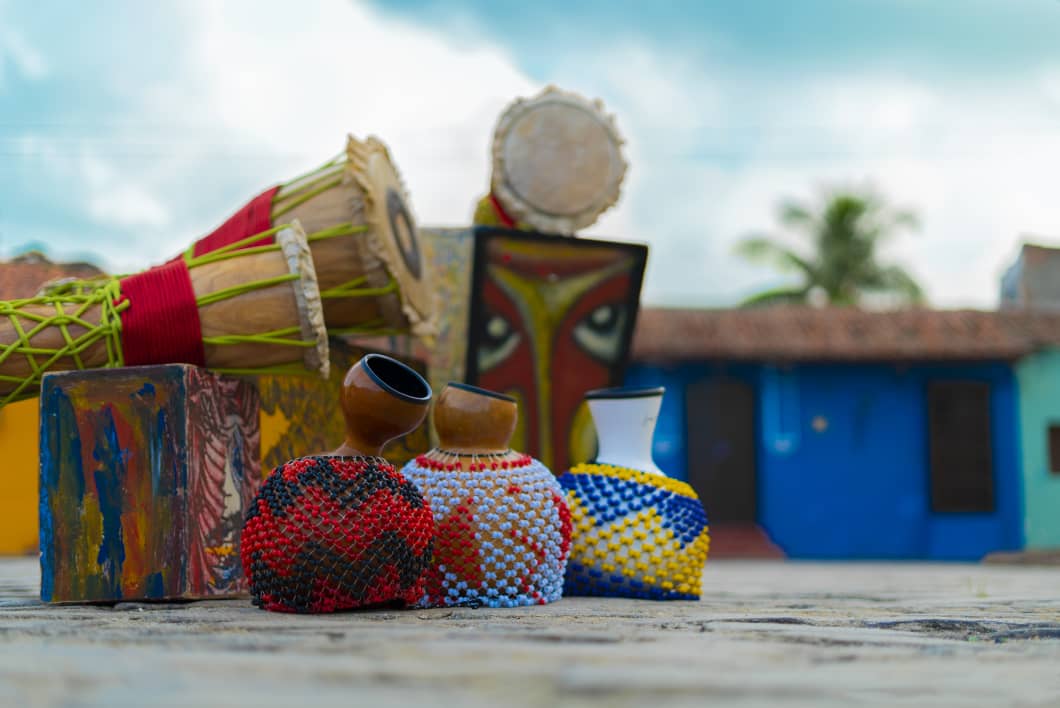
Camagüey, Jan 21. - Rumbatá is getting ready for a year full of challenges and achievements. The immediate thing is the concerts in Havana during the International Jazz Plaza Festival, where they will share the stage with great exponents of Cuban music.
The director of the Camagüey’s group, Wilmer Ferrán, highlighted the importance of preserving the cultural identity and legacy of rumba in a recent interview about his group's projects for 2025.
“To identify a group like Rumbatá, you have to talk about Camagüey. Rumba has to taste like the land that created it, with a horizon that identifies you as a homeland,” he said. Although Havana and Matanzas are the cradle of this genre, Rumbatá has managed to incorporate the Camagüey’s flavor to yambú, guaguancó, columbia and other elements of the rumba complex.
“Camagüey is not far behind. We have defended this genre for 29 years, respecting its codes and gaining an audience that supports us inside and outside the country. Rumba was declared Intangible Heritage of Humanity. Its true value is that it was born from the people and remains alive, generation after generation,” he insisted.
Among the milestones of its career is the documentary Rumbatá (2019) made by the Cuban Institute of Cinematographic Art and Industry (ICAIC, by its acronym in Spanish) under the direction of Isabel Santos, which will also be re-released in the context of its upcoming performances in the capital.
“Jazz is rumba, jazz is Africa,” he said when reflecting on the connection between both genres. He recalled how exponents such as Chano Pozo and Tata Güines contributed to strengthening these ties. In collaboration with Manolito Simonet, Rumbatá explored this heritage with the song “Güines, what's wrong with Tata?”, an enriching experience that reaffirmed the breadth and freedom of jazz as a space for improvisation and creativity.
Rumbatá will participate in Jazz Plaza, with spaces planned on January 30 at the Culture House of Plaza, on the 31st at the Gardens of the Mella Theater and on February 2 at the re-launch of the documentary followed by a concert. In addition, it will share the stage with NG La Banda and then collaborate with maestro Gerardo Piloto at the Fiesta del Tambor.
“When you do concerts in Havana you have to go with all the tools. We include the yambú, the guaguancó, the columbia and the current rumba movements integrated with new genres,” explained Ferrán, highlighting that the Havana public has a strong sense of belonging to the group.
The group has a discography that includes the albums Rumbatá, Mi rumba no va a parar, La rumba del siglo and Gracias a la rumba. Its producer, Manolito Simonet, has been key in this process, he said: “That experience overflows in each phonogram and has led us to recognition, including Cubadisco Awards. More than the awards, the achievement is that our music prevails.” (Yanetsy León González/Adelante Digital) (Photo: Adelante Digital)